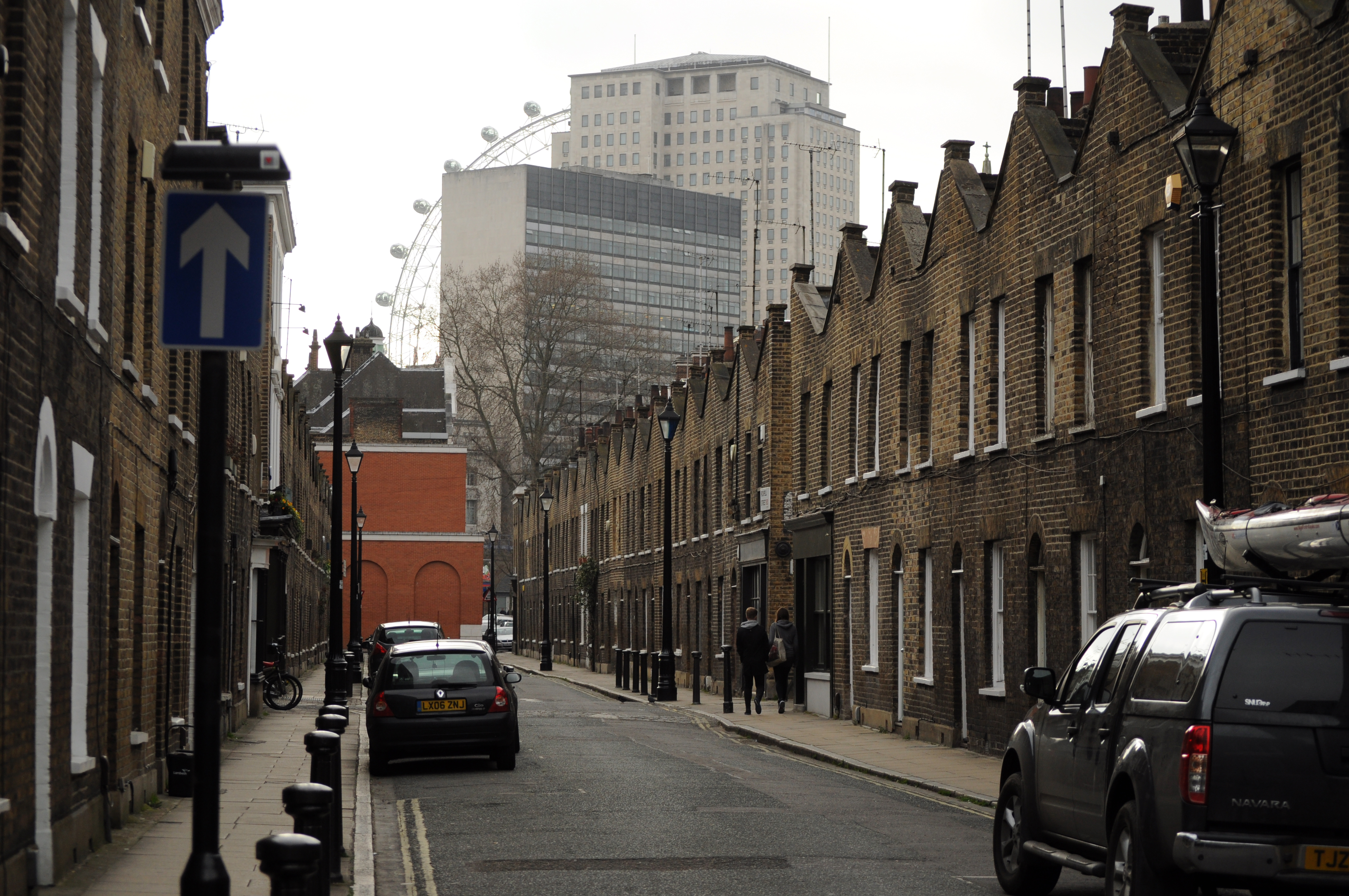
Conservation Areas
Summary
We have mapped the Conservation Areas in your area.
Definition
Conservation Areas are areas under special planning controls, designated as such because of their perceived special heritage interest or architectural value.
We have mapped every Conservation Area, and show visually which Conservation Areas your selected postcode falls into, as well as the surrounding postcodes which are impacted by a Conservation Area.
Why the metric matters from a commercial inhabitant’s perspective
Conservation Areas are often considered as attractive areas for businesses with customer-facing services to locate due to their perceived aesthetic value, often comprising historic or architecturally interesting buildings. Retailers looking for units with historical or architectural interest will often seek units located in Conservation Areas. These units will often be located in town or city centres and provide amenity value for customers. As a consequence, ground floor retail units in Conservation Areas often are valued on average at a higher price per square foot than areas outside of Conservation areas as their historic value often adds a variable premium. Therefore, those seeking commercial premises that are not customer facing (e.g. industrial and warehouse spaces) may avoid premises located in Conservation Areas.
Buildings located within Conservation Areas fall within development control conditions set by the local authority which can have an impact upon the acceptability of different types of works carried out upon a building. For example, commercial residents seeking to amend the design of a ground floor retail unit within Conservation Areas will be required to comply with design guidelines set by the Council, including types of canopies, fascia materials, and style of street furniture. Works to the unit will not be permitted by the local authority if they are not considered to be in-keeping with what is deemed to be ‘acceptable’.
Permitted Development (PD) rights vary in Conservation Areas, and some local authorities may have imposed Article 4’ Directions which is important to be mindful of when considering a commercial building in a designated Conservation Area. This could affect extensions to retail premises (e.g. requiring smaller floorspace increases).
In addition to this, industrial and warehouse buildings may also be restricted by increases in floorspace and planning applications may be required to be permitted to the local authority for building works that would not necessarily require planning consent for in other areas outside of Conservation Areas.
Therefore, there can be physical challenges encountered by commercial inhabitants considering running businesses in Conservation Areas.
Why the metric matters from a residential inhabitant’s perspective
There is a perceived visual and aesthetic value ascribed to Conservation Areas. If your locale falls within a designated Conservation Area, it is likely to be considered more visually appealing than other neighbourhoods. There are typically a greater number of historic buildings located within Conservation Areas.
Many Conservation Areas comprise a cluster of buildings that are considered to be visually important. For example, when a number of houses are built in the same architectural style it visually creates a streetscape which looks visually symmetrical. This is considered visually appealing in widespread opinion. Conservation Areas are typically well landscaped and often benefit from tree-lined streets and areas of vegetation, with walkable pavements and street lighting.
A downside to Conservation Areas is that development controls will be imposed upon buildings within Conservation Areas and therefore you may be constrained by design guidelines set by the local authority if seeking to carry out works on your property. These may include the types of materials permitted for use (e.g. specific bricks required), size and style of windows, changing a door, roof tiling, fencing and instalment of satellite dishes.
Trees are also protected in many Conservation Areas and any works to trees will require permission from the Council. Permitted Development (PD) rights vary in Conservation Areas. This may mean that you may need to submit a planning application to the local authority for proposed works to a building that would not necessarily be required for the same works upon buildings outside a Conservation Area (e.g. two-storey extensions, dormer windows, cladding).

Roupell Street in Waterloo is a designated Conservation Area because of its unique 19th century workers’ cottages (Photograph: Wikimedia Commons)
General Commentary
The size of Conservation Areas differs, ranging from just a handful of buildings or a number of streets within each. Guides are published by local authorities relating to each of the Conservation Areas Setting out design guidelines for development upon buildings within Conservation Areas that is considered appropriate by the local authority.
Not all buildings that fall within Conservation Areas are ‘Listed’ by the English Heritage; listed buildings are an alternative legal heritage preservation tool and have alternative development guidelines to abide by.
There are many different types of Conservation Areas including:
- Historic town and city centres;
- 18th and 19th-century suburbs;
- Model housing estates;
- Country houses set in their historic parks; and
- Canal paths and historic transport links.
Trivia
In a report published by the London School of Economics in 2012, it was suggested that:
“Houses in Conservation Areas sell for a premium of 9% on average, after controlling for other factors. Property prices inside Conservation Areas have grown at a rate that exceeded comparable properties elsewhere by 0.2% a year. Overall, there was not a negative attitude toward planning regulations. Especially in areas with higher house prices and low deprivation, strong planning control was often linked back to protecting the coherence of a neighbourhood”.
History
Conservation Areas have been designated across the UK since 1967 and there are now over 8,000 Conservation Areas in England.
Conservation Areas are usually designated by local planning authorities, although Historic England can also designate Conservation Areas in London, following consultation with the relevant local authority and requires consent of the Secretary of State for National Heritage. The Secretary of State can also designate in exceptional circumstances.